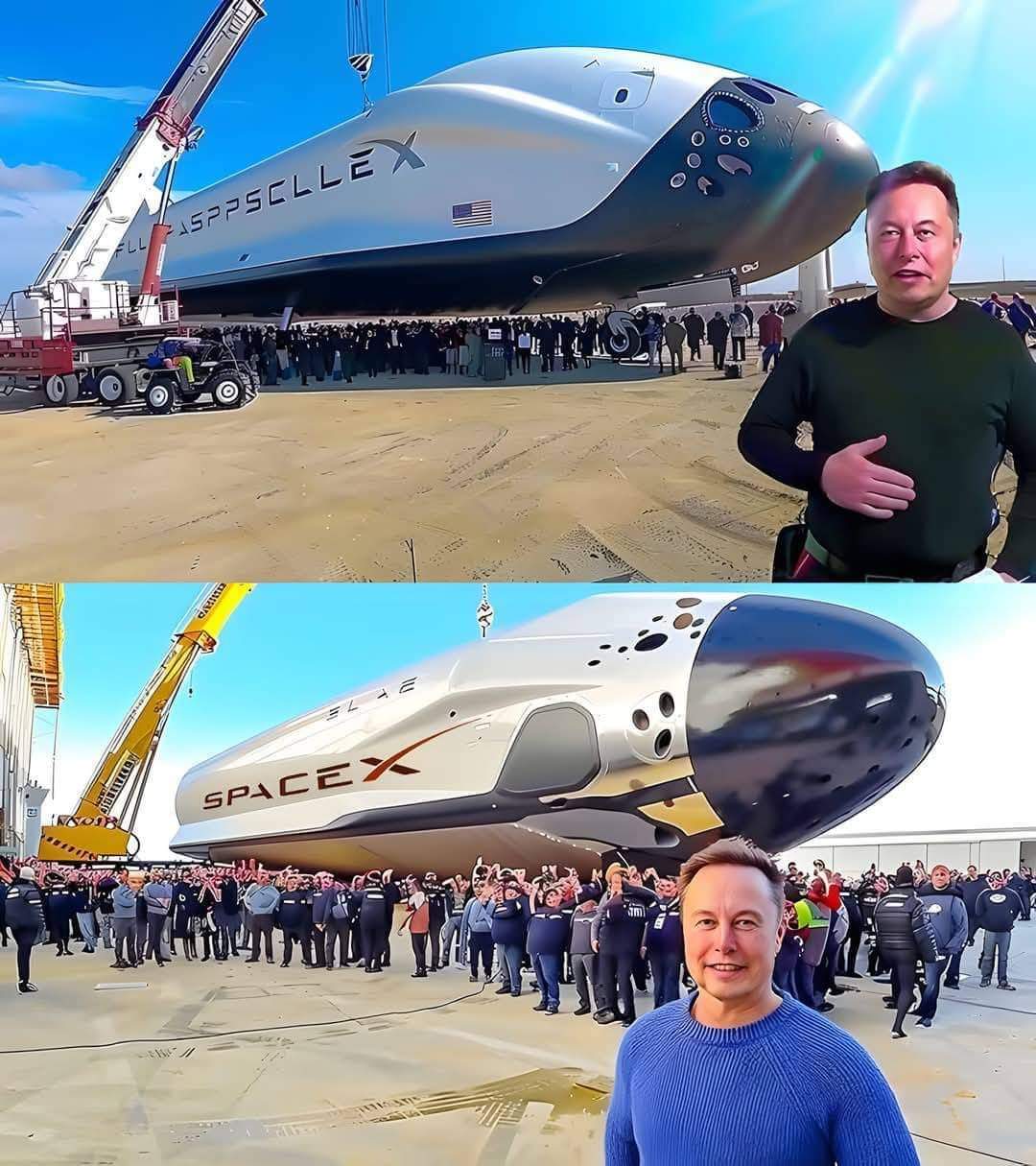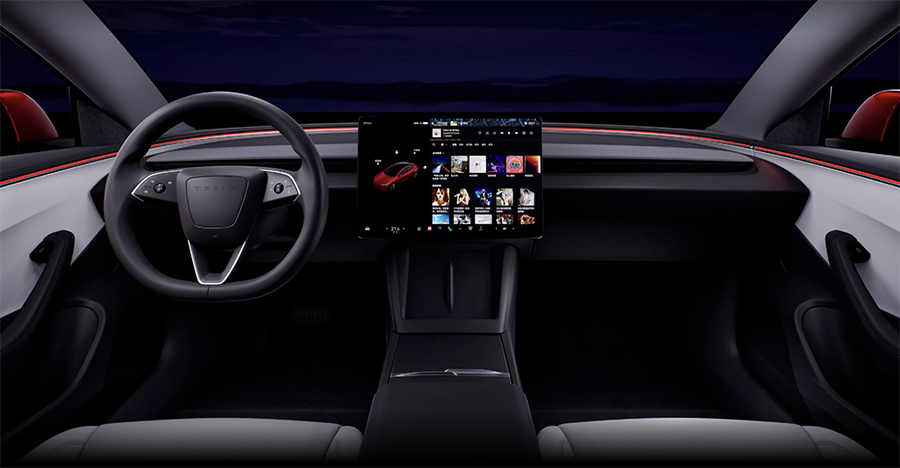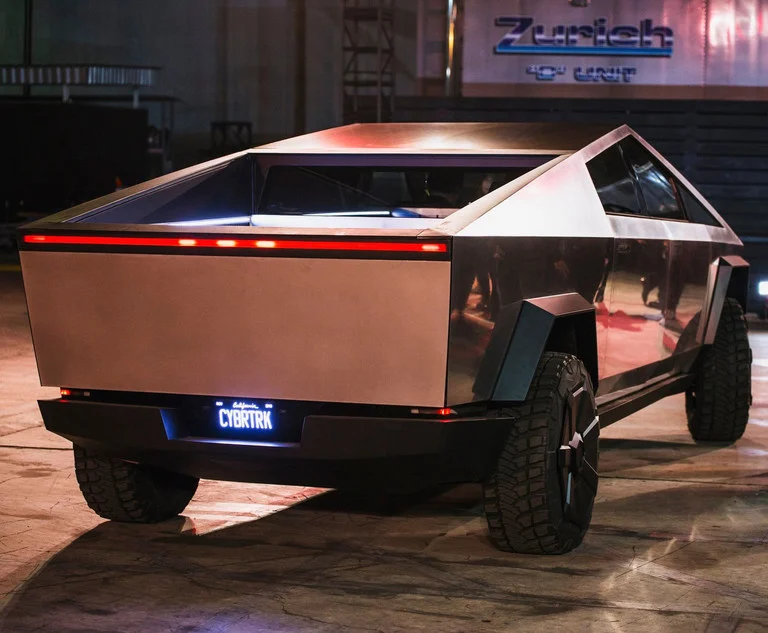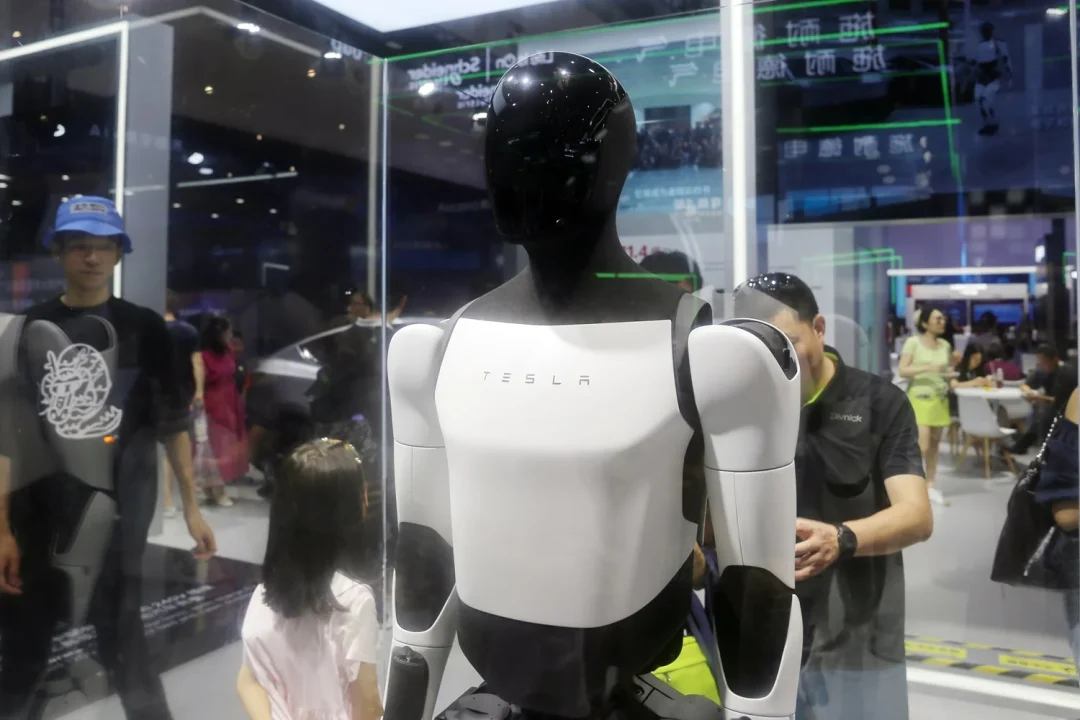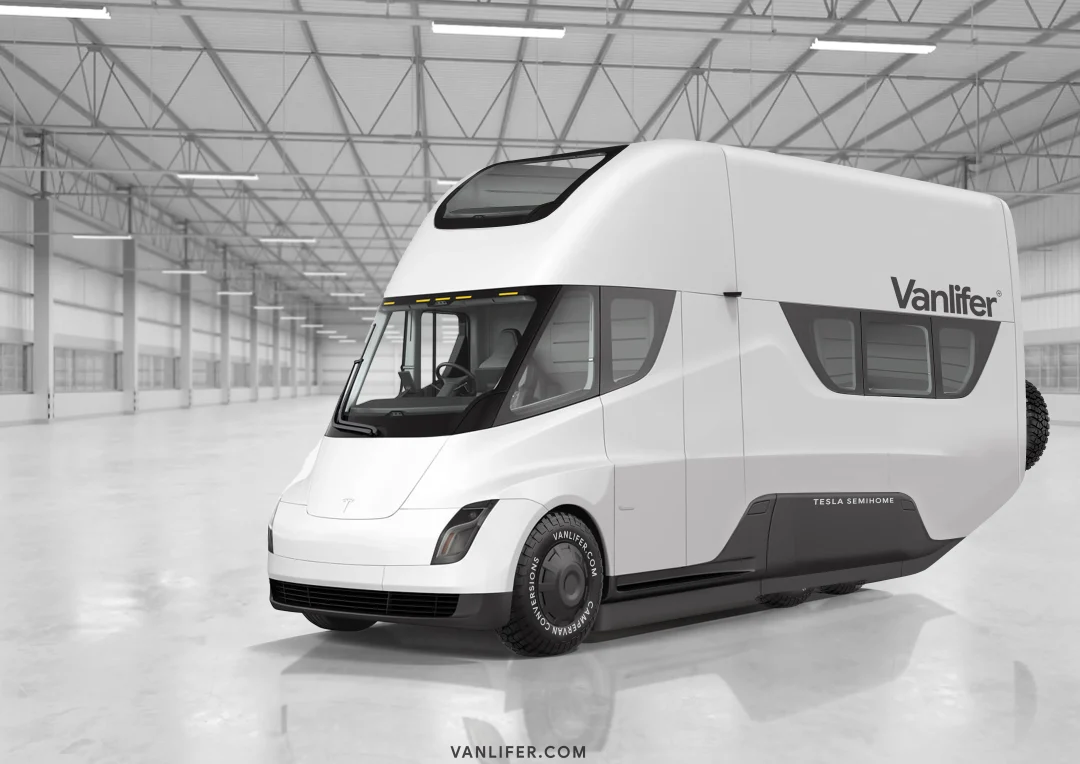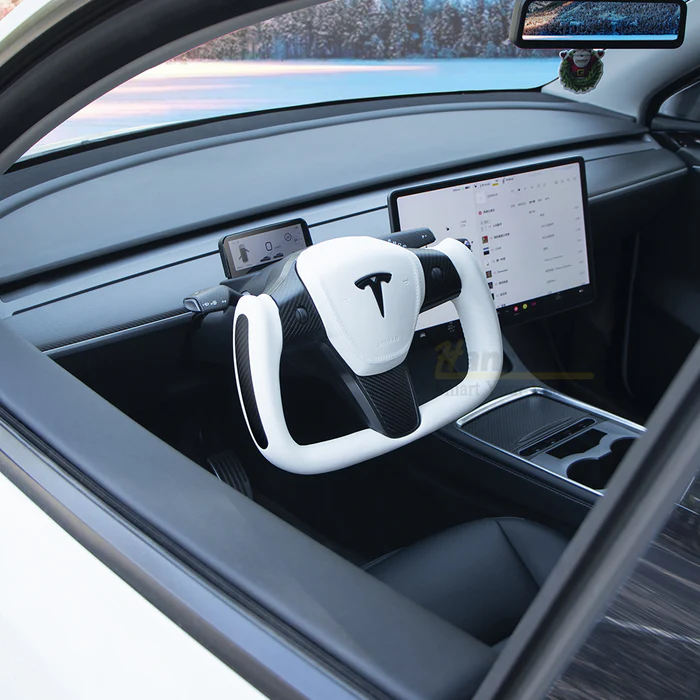Elon Musk makes history with Tesla Roadster: “Not even really a car” and this fuel
Elon Musk is well known for his driving force of technology and innovation, and the Second Generation Tesla Roadster is no different. Promised since 2017, this electric sports car has gone through many setbacks and many promises regarding its performance.

To quote Musk recently, “There will never be another car like this if you could even call it a car.” With such an audacity of the statement, it is high time to examine why the Tesla Roadster is so revolutionary, its unique features, and why its production was launched so late.
A legacy reimagined: The history behind the groundbreaking Tesla Roadster
The first-ever car model that Tesla released was the Tesla Roadster in 2008. Built on the same platform as the Lotus Elise, it demonstrated the capacity of EVs but was produced in small numbers; by 2012, only 2,400 had been sold.

The second-generation Roadster was released in 2017, but it had more outrageous performance claims that would make it a car and a technological beast.
The Roadster promises to revolutionize the sports car market with a stated acceleration of 0-60 mph in under 1.0 sec and a top speed north of 250 mph. The Roadster unveiled by Musk has some features that are closer to engineering and designing an aircraft, as he suggested the car could have rocket thrusters for better performance. This has led to debates about what defines a car today.

What sets the Tesla Roadster apart from conventional sports cars?
This makes Elon Musk’s claims for the Tesla Roadster quite realistic and brings the reality of electric sports cars a step closer. The next model will include a 200-kWh battery and three electric motors with power exceeding 1,000 hp.
Though the projected torque of about 7,376 pound-feet was impressive, real-life approximations put it at about 758 lb-ft. Most notably, installing rocket thrusters will reposition the Roadster not just as an electric car but as an experience that will make you feel like you are controlling an aircraft.
These specifications prompt disbelief and enthusiasm among auto aficionados, who are eager to know how much Tesla will be able to meet expectations.

The journey to production: Challenges and expectations for the Tesla Roadster
Nevertheless, the Tesla Roadster, unveiled in 2017, has been experiencing many setbacks. Originally planned to enter production in 2020, the plan was delayed for various reasons, including supply chain disruptions caused by Covid-19.
Musk has insisted that the company is on track for a 2025 launch; however, the optimistic view has been met with caution, given previous disappointments. Recent remarks suggest that Tesla intends to reveal the ultimate design before the end of this year with increased emphasis on production targets.
The expectation is rife, not only for the car but also for the new technologies and the solutions in engineering that can be expected from the car.
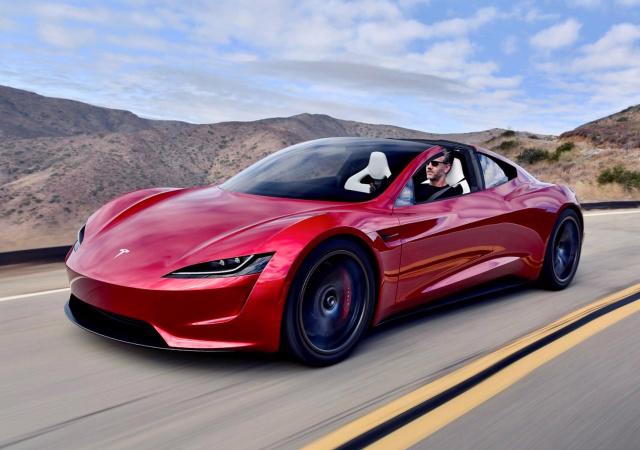
A shift in automotive paradigms: Redefining what a car means today
This new statement from Musk that the new Tesla Roadster might not be considered a ‘car’ indicates a new way of thinking about automobiles. The difference between conventional cars and the future transport system is unclear with the rapid development.
The launch of the Roadster is slated to redefine ideas of high performance, style, and utility in the automotive world. As the era of electric vehicles is slowly approaching, the Roadster embodies the moment in which progress and ecology intersect.
As we look ahead to its anticipated debut, one question remains: can it fulfil the expectations that Musk and the company have been painting for the car?

The future of transportation is electrifying and innovative
Tesla Motors’ Elon Musk created the Tesla Roadster not just to be another electric sports car; it is much more than a car – it is a vision of how the future of transportation should look and perform.

The fastest car with new technologies and milestones that date back to Tesla’s founding, the Roadster is a testament to the future of electric transportation. While waiting for this car to be released in 2025, the world will be closely observing whether this car will truly change the rules of car manufacturing or remain a marketing gimmick in the developing story of electric cars.
The Roadster’s story is a microcosm of innovation in the 21st century and will undoubtedly continue reverberating for years.
